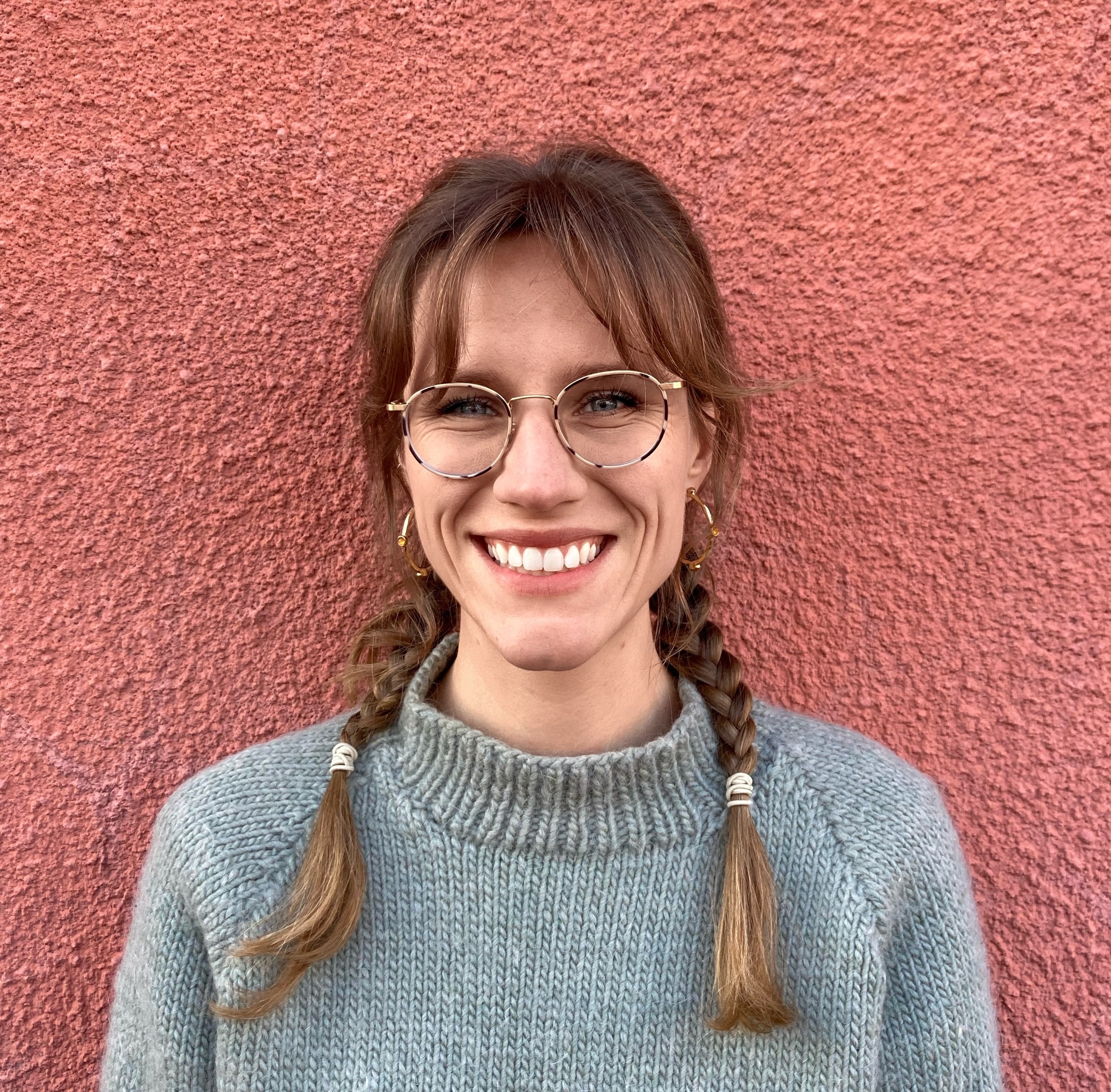
Dark earth: scientists unveil new ‘secret weapon’ to combat deforestation and climate change
With the increasing urgency for ecological restoration across the planet, a dark secret in the heart of the Amazon could provide a solution.
Remnants from the past may provide key solutions for the future – in the form of a thick, black soil deep in the Amazon rainforest. It’s called dark earth.
Transformed from poor soil by centuries of deposits from Indigenous peoples, dark earth could now be the ‘secret weapon’ we need to restore forests across the globe, according to a new study from the University of São Paulo, Brazil.
The researchers found that tree species grow as much as six times taller in dark earth than in normal soil.
Amazonian dark earth (ADE) comprises ancient sediments of day-to-day life, including charcoal from fires for cooking and burning waste, animal bones, broken pottery, compost and manure. These were created by millions of Amerindian people between 450 BC and 950 AD.
This soil is incredibly fertile and nutrient-rich, which the charcoal particularly contributes to – as well as giving it its black colour. Crucially, the soil also contains an abundant microbial community of helpful bacteria and archaea (another type of single-celled organism).
“Microbes transform chemical soil particles into nutrients that can be taken up by plants,” explains joint lead author Anderson Santos de Freitas. Dark earth’s combination of micro-organisms is particularly good at this – unlocking more resources than usual to help plants grow.

Knowing this combination of ingredients that make dark earth so fertile will help the researchers share the recipe with reforestation projects across the globe. But the researchers won’t be sending out the soil itself: “ADE has taken thousands of years to accumulate and would take an equal time to regenerate in nature if used,” said senior author Dr Siu Mui Tsai.
“Our recommendations aren’t to utilize ADE itself, but rather to copy its characteristics, particularly its microorganisms, for use in future ecological restoration projects.”
The study, published in Frontiers in Soil Science, involved conducting micro-reforestation experiments. The researchers used dark earth from the Brazilian state of Amazonas, normal agricultural soil from the state of São Paulo, and a mixture of the two containing 20 per cent dark earth.
As much reforestation happens on pastureland, Tsai’s team first grew palisade grass (common pasture for livestock in Brazil) then cut it back after 60 days. Afterwards, they planted seeds of various tree species in the same pots to represent the stages of ecological succession: the process by which a habitat’s structure changes over time.
More like this
These trees included Ambay pumpwood, a colonising species that is often found in young forest habitats; Peltophorum dubium which is commonly found in secondary forests (forests which grow after natural or human disturbances like fire or timber harvests); and cedro blanco, a tree which typically grows in a climax forest: the most mature forest habitat.
After 90 days of growth, the plants they grew were up to 6.3 times taller in dark earth than in normal soil. The colonising species, Ambay pumpwood, did not grow at all in the normal or even the combination soil – but thrived in dark earth.
The researchers kept the greenhouse at a mean temperature of 34°C – four degrees higher than Amazonia’s current upper limit – to mimic the rising temperatures of global warming.
Around 18 per cent of the Amazon rainforest has been lost since 1970s, but deforestation is a global issue.
Read more:
Authors

Noa Leach is the News editor at BBC Science Focus. With an MPhil degree in Criticism & Culture from the University of Cambridge, Noa has studied cultural responses to the climate crisis, wildlife, and toxicity. Before joining BBC Science Focus, Noa was the Editor of The Wildlife Trust BCN’s magazine Local Wildlife. Her writing has been shortlisted for the Future Places Environmental Essay Prize.
Sponsored Deals

May Half Price Sale
- Save up to 52% when you subscribe to BBC Science Focus Magazine.
- Risk - free offer! Cancel at any time when you subscribe via Direct Debit.
- FREE UK delivery.
- Stay up to date with the latest developments in the worlds of science and technology.




